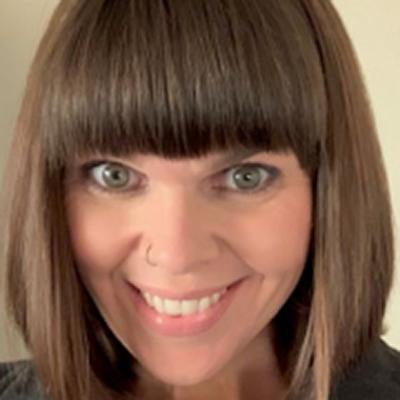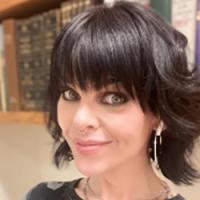
In my experience, community college faculty and instructors understand that in order to be successful, the “traditional” student model needs to be rejected in favor of a more inclusive vision that seriously considers the challenges faced by “non-traditional” students.
As a former community college transfer and non-traditional student, the transition to university life proved jarring. While not all students at community colleges aspire to transfer to a four-year institution, others who do transfer must negotiate what some describe as “transfer shock”—feeling isolated, insecure, and overwhelmed, which can in turn impede success.
In his 2017 Op-ed in the Washington Post, president emeritus of Michigan State University, Peter McPherson, pointedly asked: our college students are changing—so why aren’t we? McPherson estimates that only half of students fit the traditional model, yet most universities fail to—or are woefully unequipped to—provide the resources necessary to help “non-traditional” students thrive. Focusing specifically on low-income and first-generation college students, McPherson advocates for proactive advising to mitigate the shocking effects of transitioning to university life. However, he neglects any discussion of how educators can assist in making non-traditional students feel more welcomed to the university environment. This is where looking to community colleges—particularly the talented instructors and professors there—can provide valuable insights. What can university faculty learn from community college faculty about creating a climate that fosters inclusivity for students who don’t fit into the traditional mold?
In my experience, community college faculty and instructors understand that in order to be successful, the “traditional” student model needs to be rejected in favor of a more inclusive vision that seriously considers the challenges faced by “non-traditional” students. As my mentor at Seattle Central College, Jaime Cárdenas, explains, instructors and professors at the community college level are tasked with meeting the unique needs of multiple students who are often at different stages in both their lives and academic development. During a visit to Jaime’s classroom, I encountered a diverse group of learners working together to achieve a common goal of better understanding the origins of multiculturalism in the United States. Rather than spending the entirety of the class period lecturing, Jaime segmented the session into lecturing for a short period of time, answering questions, and assembling students in small groups to work through complex readings. This thoughtful approach reached different learning styles, allowed more confident students to ask questions, and through group work, gave quieter students the opportunity to engage with the material in ways that felt comfortable to them. By catering to the needs of their students, community college faculty and instructors show that they recognize that their diverse students are often pursuing equally diverse educational goals.
At the four-year university, too, the onus for assisting and supporting non-traditional students should not fall solely on university administration and advisors, but rather should inform how faculty and other instructors engage with students both inside and outside of the classroom. We need to see our students, as Jaime suggests, as unique individuals with diverse goals, experiences, and obstacles. This requires us to create flexible curriculum and inclusive classrooms. It means that we must become more attuned to the individual demands our students face that prevent them from meeting course objectives or academic “benchmarks.” And it means that we challenge ourselves to become more compassionate.
Thus, paraphrasing McPherson, I ask university educators to consider the question: if community colleges have made changes that promote student inclusivity, why can’t—or when will—we?
Jennifer Smith (she/her/hers)
Jennifer Smith was a 2018 Mellon Collaborative Fellow for Reaching New Publics. Her research examines economic development and diversification within the Muckleshoot Nation from the 1960s through the early 2000s. Her work focuses on exploring the ways in which economic diversification and the expansion of economic development initiatives beyond reservation borders contribute to Muckleshoot nation-building efforts.
